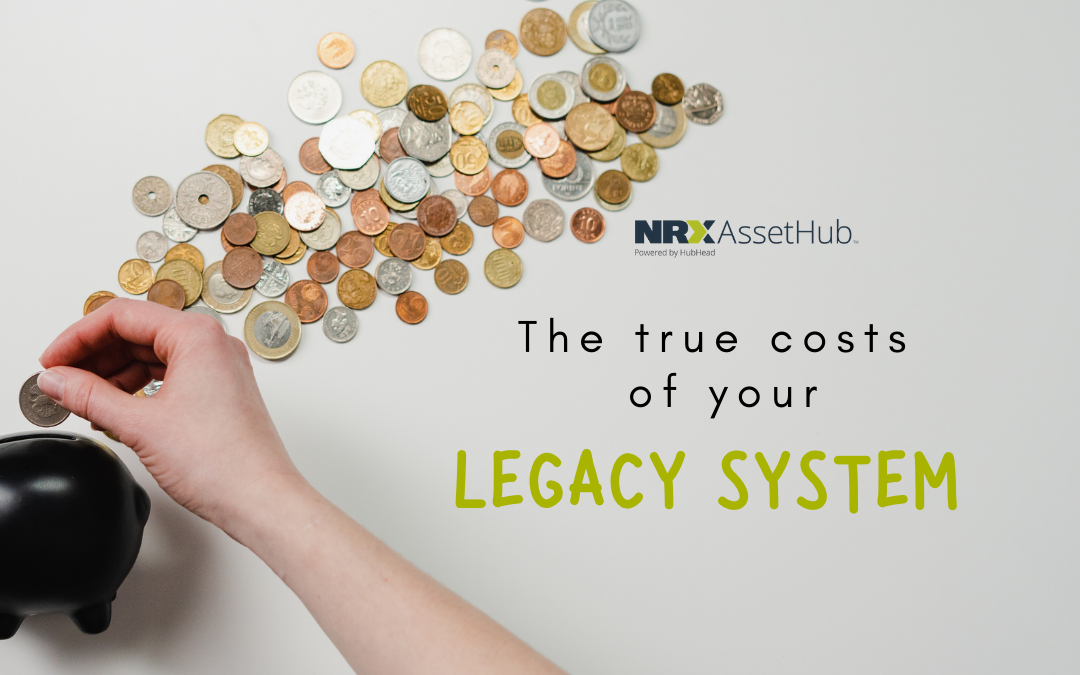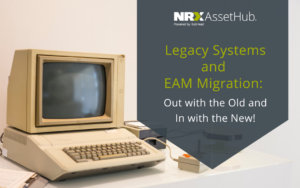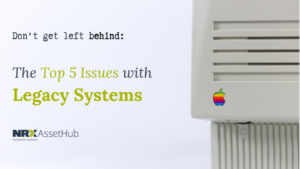How many legacy systems do you have? One? Two? More than two? Your legacy system may be an old system that needs replacement or modernization. The longer you hold on to outdated technology, the higher the cost and lost opportunities for your business.
Too many systems?
Rising costs are an outcome of keeping many legacy systems and storing data in all of them. These systems that could either be home-grown or vendor sourced could lead to a high degree of duplication since data is inputted in various areas, which leads to high IT and business costs to maintain and keep track of all incoming and existing data.
The biggest question here is, what are the actual costs of keeping outdated technology? New technology indeed involves a large degree of adaptability and risks. However, the benefits that come from a new EAM or CMMS system are tenfold. At some point in time, there will be a situation where you would be paying more to maintain your legacy systems than you would if you were to have an upgrade or transition to entirely new software.
You should also consider the increased cost to your business that come with older EAM and CMMS systems, leading to a loss in productivity and wrench time.

Is it worth sticking to your legacy system?
If you were to consider company growth and increased sales, how would you achieve this with your old system in place? With new technology and added features, migrating your data to a new EAM/ CMMS system can improve your data and reliability. If you are planning an EAM or CMMS migration and are concerned about how you should migrate all your asset and maintenance master data, feel free to book a demo with us, and we’d be happy to get in touch with you!
Learning to Love your Legacy Materials Data
Legacy Systems and EAM Migration: Out with the Old and In with the New!
Don’t get left behind: The Top 5 Issues with Legacy Systems
Share this article




